Reverse Total Shoulder Replacement
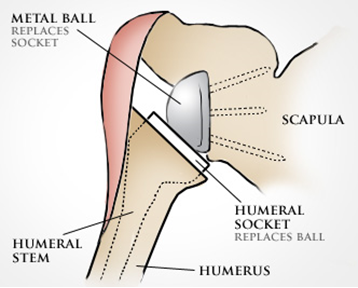 |
The reverse total shoulder arthroplasty / prosthesis reverses the orientation of the shoulder joint by replacing the glenoid fossa (socket) with a glenosphere (ball), and the humeral head with a shaft and concave cup. |
The rotator cuff tendons are major contributors to a stable shoulder joint. It helps to keep the humeral head centred in the socket. Massive rotator cuff tears lead to upward movement of the humeral head, mismatch of the joint surfaces and may result in secondary osteoarthritis.
The reverse total shoulder arthroplasty/replacement is a treatment option for patients
requiring a shoulder replacement for shoulder joint arthritis associated with:
1. Irreparable rotator cuff damage.
2. complex fractures
3. The revision of a previously failed replacement in which the rotator cuff tendons are deficient or absent.
The implant helps to re-center and lower the joint around a fixed point re-establishing some stability. It also improves the lever arm of the deltoid muscle so that it can work more effectively to raise the arm above the horizontal. The metal ball replacing the socket is secured to the bone by screws and the humeral stem may be inserted with or without bone cement. A plastic cup is placed onto the stem to form the new joint.
As the rotator cuff tendons are absent or insufficient, the rehabilitation for a patient following a reverse total shoulder replacement is different than for a traditional total shoulder replacement. The mechanics of the prosthesis are different and it is inherently more unstable. The precautions for a reverse total shoulder replacement are different to total shoulder replacement. An understanding of this unique mechanical environment is essential for designing suitable and safe rehabilitation programs.
Post-operative Physiotherapy Rehabilitation Guidelines -: There are 3 areas
1. Joint protection
a. Need to avoid combined internal rotation. adduction and extension (i.e. hand behind back, tucking in shirt etc) for 12 weeks
2. Deltoid function
a. Due to absent/deficient rotator cuff, the mobility and stability of the shoulder are dependent on the deltoid and scapula muscle.
b. Activation and strengthening of deltoid is essential for attaining optimal function.
3. Functional and range of motion (ROM) expectations.
Will depend on numerous factors (extent of pathology, condition of external rotators. strength of deltoid and scapular muscles) and will be different for everyone.
For more information on the post operative rehabilitation protocol refer to “Reverse Shoulder replacement rehab protocol information sheet”.
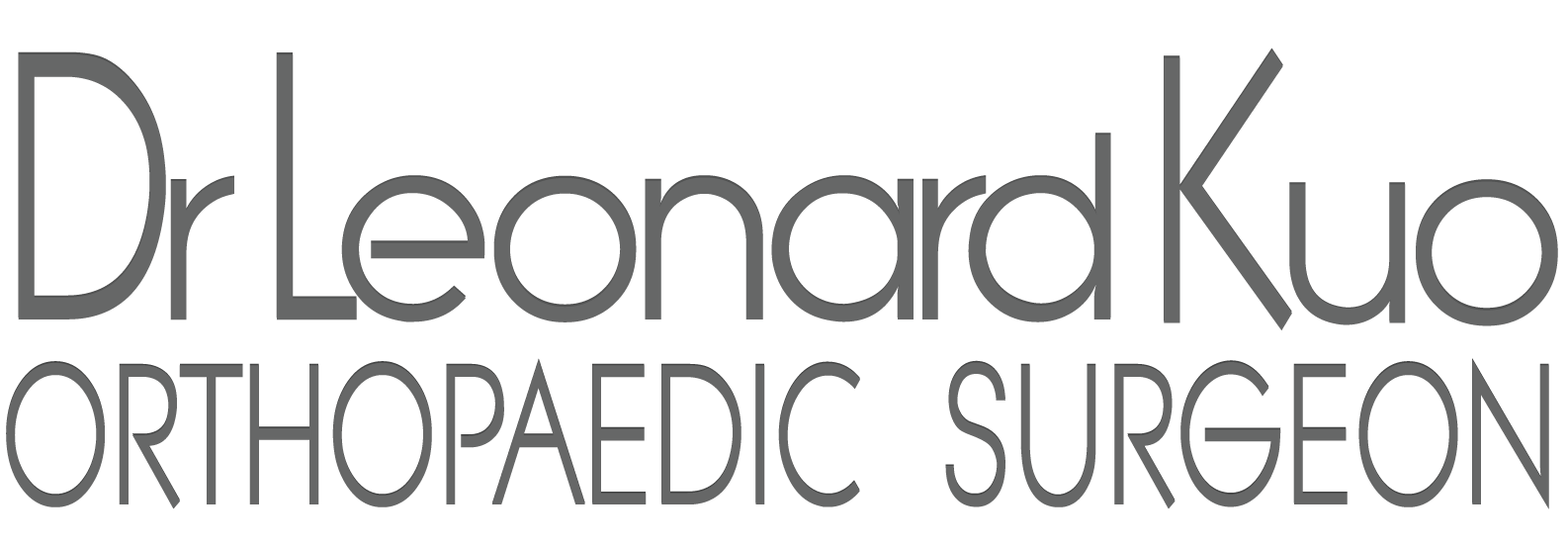
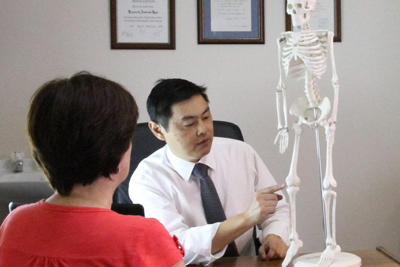
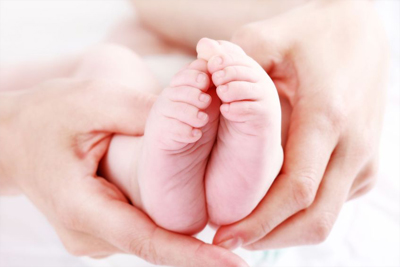
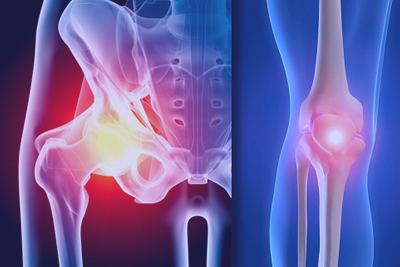
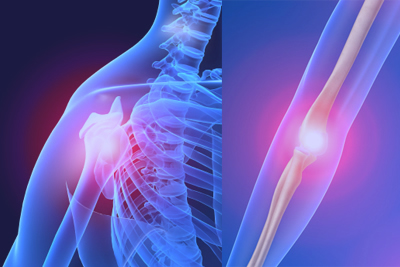
 Dr. Leonard kuo
Dr. Leonard kuo